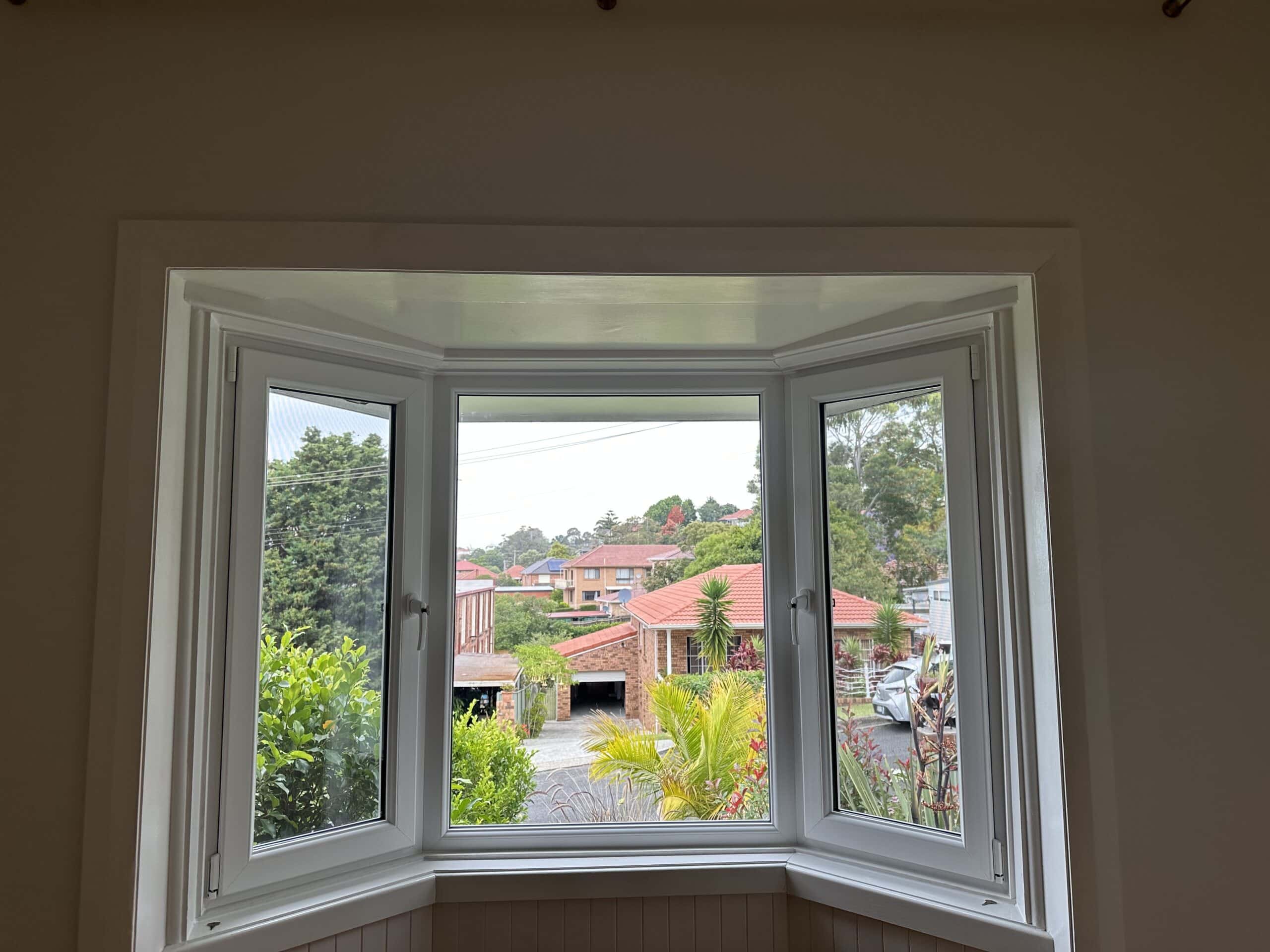Choosing the right window and door systems for your home can make a major difference to how comfortable your living spaces feel year-round. In Australia, where climate zones vary from hot, dry summers to cool, damp winters, it’s important to select window types that suit your environment.
Two of the most common styles are sliding windows and awning windows. But which option is better for your specific climate? Let’s explore the differences between these two designs and how they perform across various Australian regions.
At Forever Green Windows, we manufacture premium uPVC window and door systems tailored for Australian conditions. Whether you’re building a new home or upgrading, your local weather patterns should help guide your choice of the right windows.
Why Climate Matters in Window Design
The Australian climate significantly affects indoor temperatures. Poorly sealed or inefficient windows can cause heat to leak in during summer and escape during winter. This leads to higher energy bills, reduced comfort, and more pressure on your heating and cooling systems.
When comparing window styles, consider:
- Thermal performance in both hot and cold weather
- Ventilation and airflow needs
- Protection from wind, rain, and dust
- Insulation quality and long-term energy efficiency
All windows from Forever Green are built using durable, weather-resistant uPVC, which provides excellent insulation and helps regulate indoor comfort across all seasons.
If you’re unsure what climate zone you’re in, you can refer to this Australian Government climate zone map to better understand your local conditions.
Awning Windows: Designed for Cooler or Variable Climates
An awning window is hinged at the top and opens outward from the bottom, forming a canopy-like opening. This design allows ventilation even during light rain while keeping moisture out — a big advantage in areas with unpredictable weather.
Best suited for:
- Cooler regions such as the Blue Mountains or Southern Highlands
- Rain-prone coastal areas
- Homes exposed to regular wind or storms
Benefits:
- Can be left open during light showers
- Seals tightly to retain warmth in winter
- Great for controlled airflow
- Secure with multi-point locking
- Compatible with BAL-rated windows for bushfire zones
When closed, awning windows compress against the frame to create an excellent seal. This helps prevent draughts and maintain stable indoor temperatures.
Sliding Windows: Best for Warmer and Dry Regions
A sliding window moves horizontally along a track and is a practical solution for homes with limited space or where strong ventilation is a priority. Their streamlined operation and wide openings make them perfect for summer cooling.
Best suited for:
- Hot, dry areas such as Western Sydney or inland NSW
- Homes with open-plan designs
- Kitchens, bathrooms, or compact areas
Benefits:
- Large openings provide excellent airflow
- No outward projection, ideal for tight spaces
- Easy to use and clean
- Complements sliding doors for visual consistency
Although they may not seal as tightly as other window styles, sliding windows are highly effective at reducing heat buildup through natural ventilation.
How Do They Compare for Climate Performance?
| Feature | Awning Window | Sliding Window |
|---|---|---|
| Weather Sealing | Excellent for wind and rain | Moderate sealing; some air transfer possible |
| Ventilation | Controlled airflow; can open during rain | Maximum airflow with wide openings |
| Best for Cold | Yes – helps retain warmth | Less efficient; potential draughts |
| Best for Heat | Good cross-ventilation | Very effective cooling potential |
| Space Efficiency | Requires space to open outward | Compact design; no outward projection |
| Security | Multi-point locking system | Standard latch locking |
Can You Mix Window Styles in One Home?
Yes – and in many homes, it’s the best approach. Australian houses often have multiple exposures and microclimates across different rooms or sides.
For example:
- Install awning windows in shaded or cooler areas for maximum sealing and insulation
- Use sliding windows in north-facing rooms or breezy zones to improve airflow and reduce summer heat
Forever Green offers custom window manufacturing to suit each part of your home, ensuring you don’t have to compromise on function or comfort.
Why uPVC is the Right Frame Material
No matter which window design you choose, frame material plays a huge role in overall performance. At Forever Green Windows, we use high-grade uPVC profiles from Deceuninck, which are:
- Highly energy efficient
- UV- and moisture-resistant
- Bushfire-safe up to BAL-29
- Maintenance-free — no painting or sealing required
All our products are backed by a full warranty and installed by professionals who understand Australia’s climate challenges.
Final Thoughts
Australia’s diverse weather means there’s no one-size-fits-all when it comes to window selection. Awning windows provide excellent protection and insulation in cooler or wetter climates, while sliding windows offer superior airflow and space efficiency in warm, dry areas.
By choosing the right window type for your local conditions, you can improve comfort, reduce energy usage, and get the most from your home all year round.
Need help choosing the right fit?
Visit our FAQs or contact our team for personalised advice.




